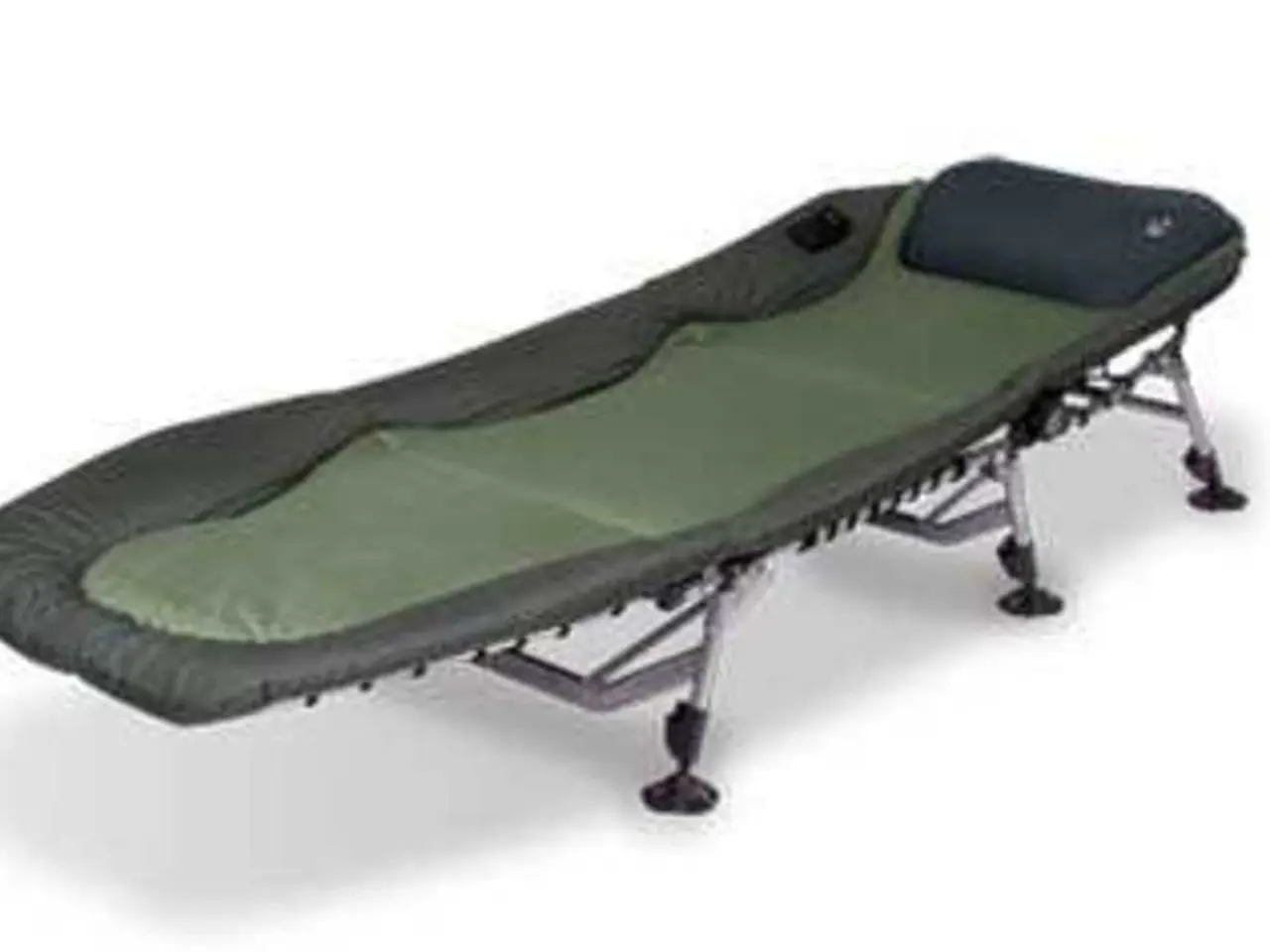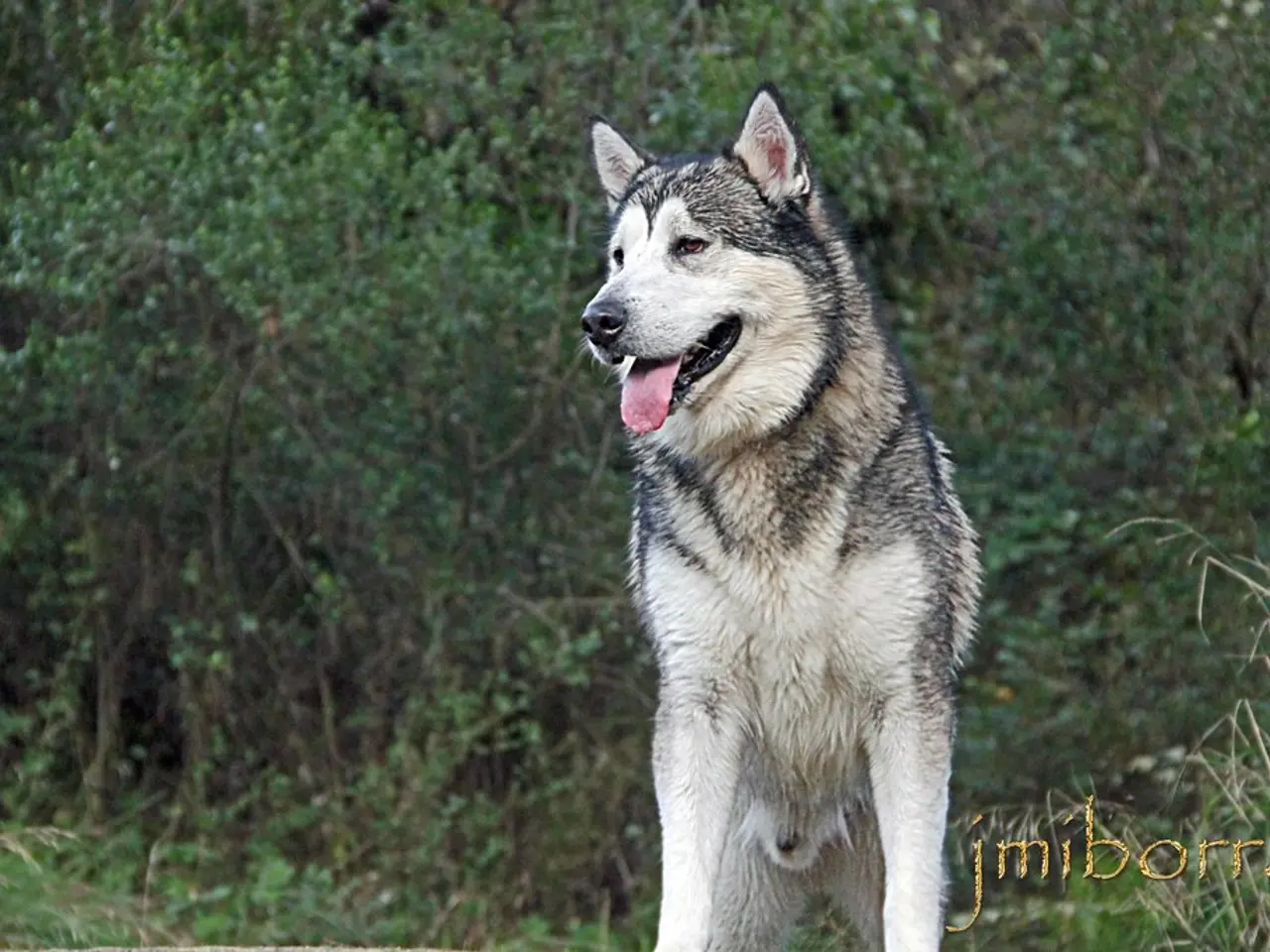Sports Injury: Origin, Remedies, and Healing Period
A sports hernia, also known by various names such as athletic pubalgia, sportsman's groin, or Gilmore's groin, is a soft tissue injury in the lower abdomen, pelvis, or groin, typically caused by physical activity involving sudden twists and turns. This condition is more common in younger males who actively participate in sports, particularly those involving vigorous movements like ice hockey, soccer, wrestling, and football.
Symptoms of a sports hernia include pain during exercise that subsides with rest. If you suspect you have a sports hernia, it's essential to consult a doctor for a proper diagnosis. A doctor will typically diagnose a sports hernia through a physical examination, asking about symptoms, and ordering imaging tests such as X-rays, MRI scans, CT scans, or bone scans if necessary.
Treatment options for a sports hernia include NSAIDs, rest, cortisone injections, physical therapy, and in some cases, surgery. Physical therapy can help strengthen weakened muscles and prevent another sports hernia. A rehabilitation program may include exercises like bridge, static adduction, hip rotations, bird dog, lunges, balance exercises, and yoga poses like Tree Pose.
For those healing from a sports hernia, a recommended exercise regimen focuses on improving mobility, stretching, and strengthening key muscle groups such as the core, hip flexors, adductors, and glutes.
In the early stages of post-surgery rehab, gentle exercises like the butterfly stretch, figure 4 stretch (seated), and torso rotations (seated) can help improve mobility and core activation without overloading the surgical site. As recovery progresses, strength and control exercises like banded reverse lunges, hamstring eccentric strengthening, and 3-point slider exercises can be introduced.
Targeted strengthening and stabilization exercises focusing on the hip adductors, glutes, and core are also crucial in both rehab and prevention. Examples include hip adductor cossack rocks, half-kneeling hip flexor stretches and strengthening, and core stabilization drills.
In addition to these exercises, general recommendations include proper warm-up and stretching before activity, gradual progression in exercise intensity and duration, maintaining proper technique in sports or activities to avoid overload, and core strengthening routines targeting abdominal and back muscles to support pelvic stability.
With a combination of these therapies, most people can expect to return to their normal physical activity levels within 4-6 weeks. It's important to note that everyone's recovery timeline can vary, and it's always best to consult a healthcare professional or physiotherapist before starting any rehab program to tailor exercises to your specific condition and healing phase.
Preventing sports hernias involves regular core stability exercises, hip- and glute-strengthening exercises, and improving flexibility. Proper warm-up and stretching before activity, gradual progression in exercise intensity and duration, and maintaining proper technique in sports or activities can also help reduce the risk of developing a sports hernia.
By following these guidelines and recommendations, you can effectively rehabilitate from a sports hernia and reduce the risk of recurrence, ensuring a safe and speedy return to your favourite sports and activities.
- A sports hernia is a medical condition linked to accidental falls and sudden twists in the lower abdomen, pelvis, or groin during vigorous sports activities.
- In the process of preventing medical conditions like sports hernia, focusing on science-backed health-and-wellness practices, such as core stability exercises, hip- and glute-strengthening exercises, and proper warm-up routines, is crucial.
- When coping with a sports hernia, physical therapy, exercises, and targeted strengthening techniques can help manage symptoms, improve mobility, and reduce the risk of recurrence in line with the recommendations provided by medical professionals.




